From this module, I have learnt a great deal about design history and what influenced its development. There are key points in history that determined the style and meaning of design being produced through the years. Movements we’ve looked at show how issues in society influenced designers. An example of this is counter culture, which started in the 1960s, the Vietnam War created a revolt within the youth of this time. This feeling was reflected in the artwork and music being made. This shows how things going on in the world around us have an impact and that as designers we should be aware of this. To create meaning in my own work is important to engage an audience. Postmodernism also started around the 1960s and was a movement of change, to move away from modernism.
The values of postmodernism, link to my way of working more than any other movement we looked at. Having the freedom to create without following rules. However, doing so with an understanding of what you’re doing as a designer. I have gained a good understanding of the relevance to this critical thinking and applying these ideas to my own practice. When researching I know to think about bigger issues such as equality, feminism, war, homophobia and socio-political issues. By researching these issues, then applying them to my practise it will create a story and a meaning.
Theory is important so I understand why I’m doing something in my practise. To be able to explain the theory behind the work I do will benefit me as a developing practitioner. Theory and practise must work together to communicate ideas visually. I think the relevance of research and theory is also key to enjoying the work I produce. By researching first and then starting my practise I will be more informed of choices I make, leading to a much better outcome.
An artist I discovered on this module is Jean Michel-Basquiat his work excited me as it looks fun and not controlled. This has influenced how I now want to do my illustrations. In my studio practise he influenced my approach to photography. I thought a lot about layers and taking images through glass or creating filters. I then want to apply this thinking to my illustration work for next semester, looking at layers and composition to create an original style. “I don’t think about art when I’m working. I try to think about life.” (Basquiat ) I think this quote sums up what we have learnt in this module. How thinking about the bigger picture in our work is better than comparing yourself to other people or thinking about achieving something that someone else has already done. I will try to approach my practise more like Basquiat, I believe this will help me improve as a designer.
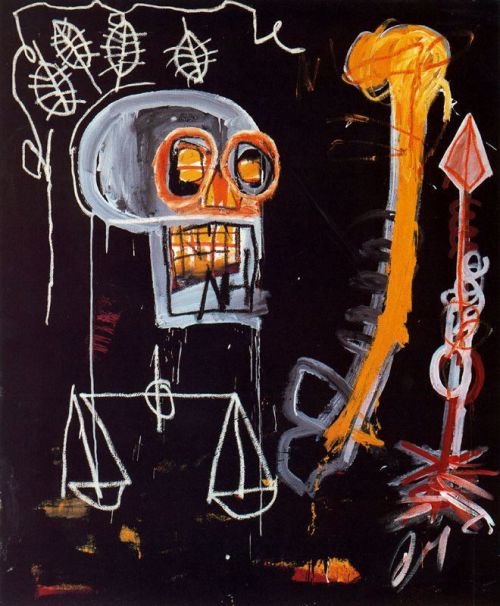
(Basquiat 1982, Black Skull)
Basquiat, J.M (1982) Black Skull. Available from: http://fuckyeahbasquiat.tumblr.com/ [Accessed 6 November 2017]
Basquiat, J.M Quote Available from: https://www.illustratedimpact.org/home/2017/1/31/71o27qg47em6eom974c2pep1e4eb7t [Accessed 6 November 2017]

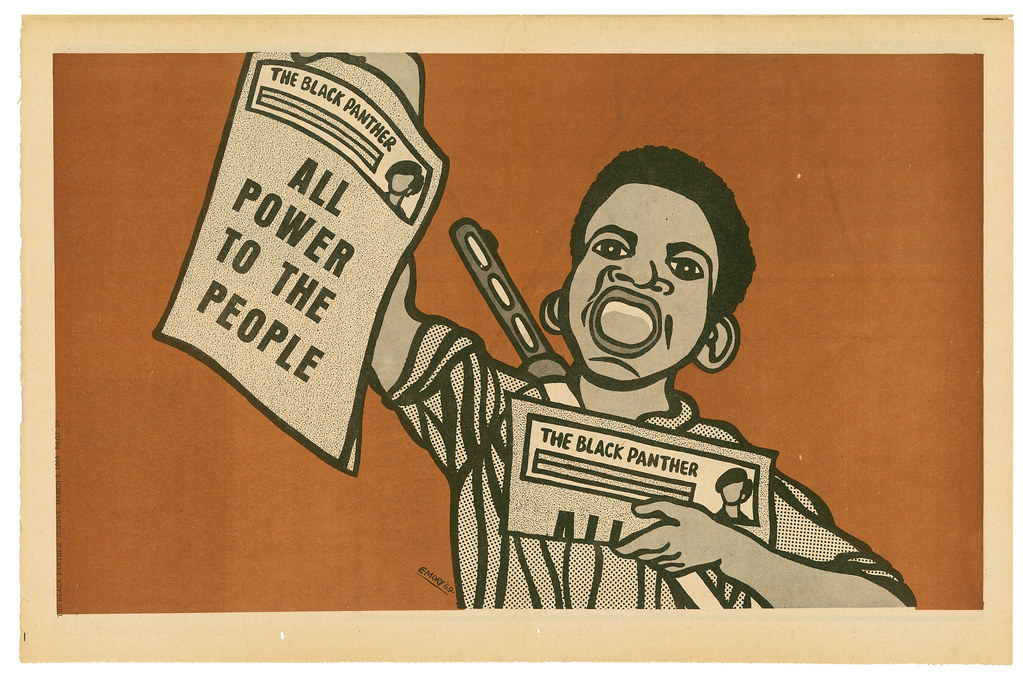




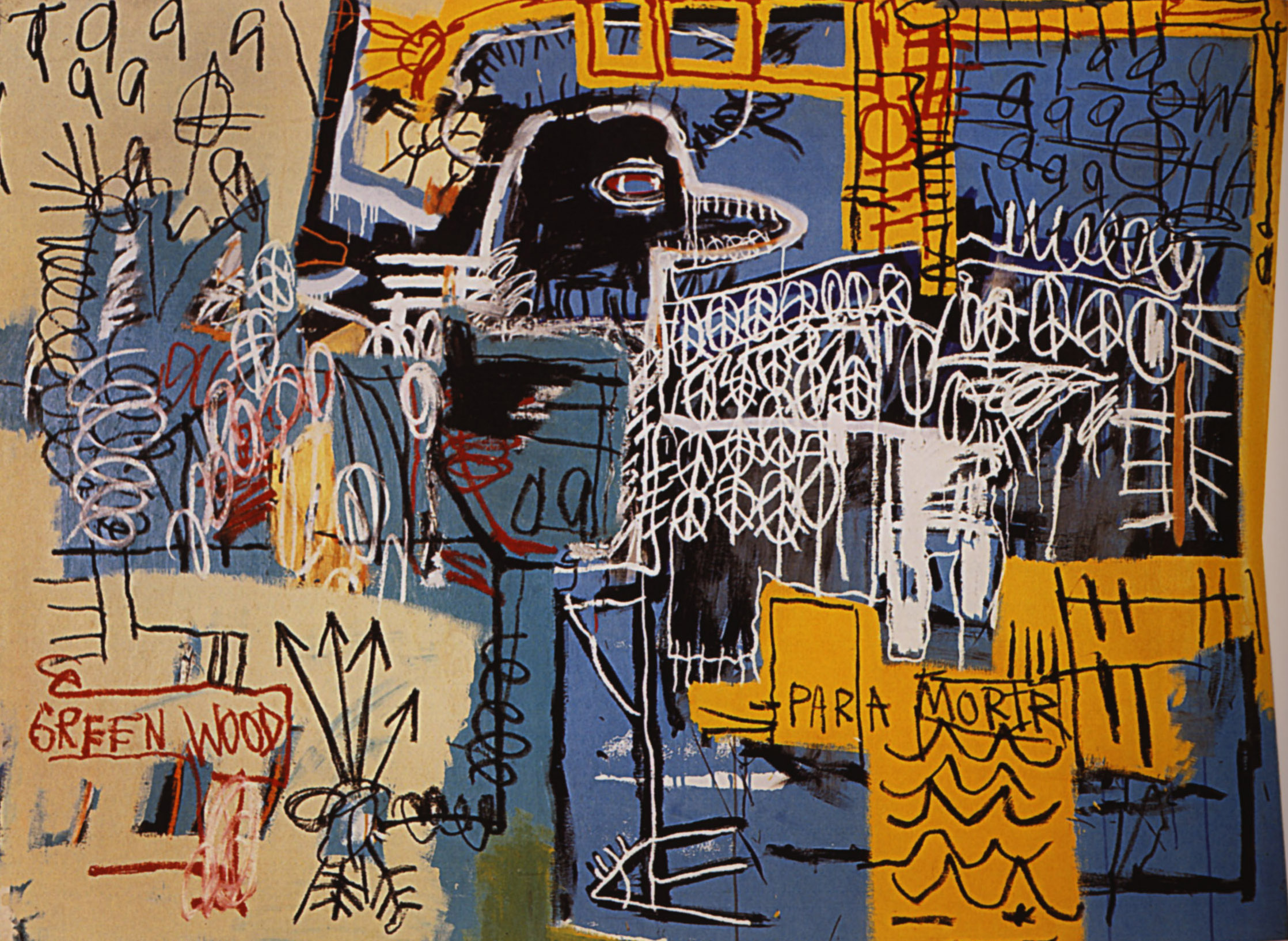
 (Mouse, S and Kelly, A .1966 Skeleton and Roses)
(Mouse, S and Kelly, A .1966 Skeleton and Roses)
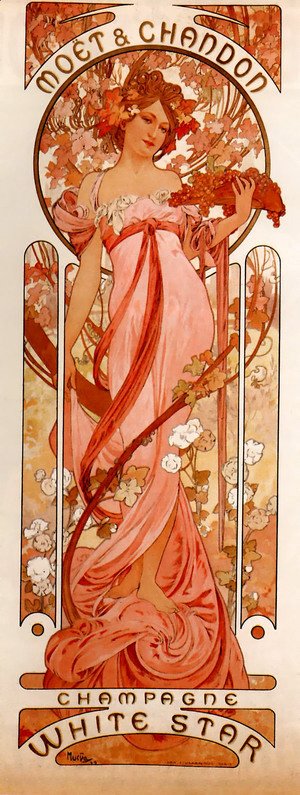
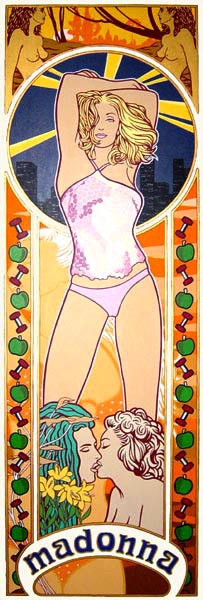
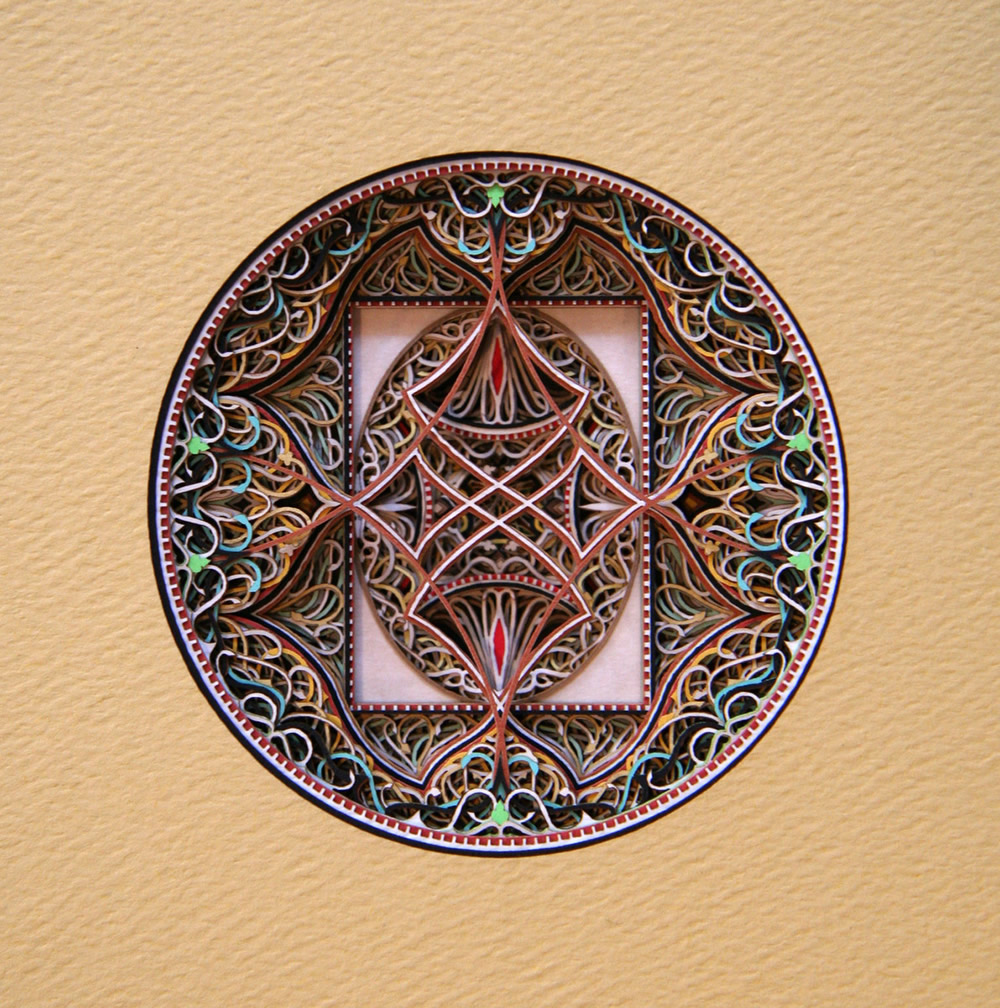

 I chose an illustrated book cover of Alice in Wonderland by Ralph Steadman. Famous for his Fear and Loathing in Las Vegas illustrations. His drawing of the rabbit uses a lot of line and is done with pen and ink. Steadman uses messy lines contrasting with the border that the rabbit is stood on. The border appears to surround the typography in the middle of the page. The style is modernising the Victorian appearance of the old Alice in Wonderland illustrations.
I chose an illustrated book cover of Alice in Wonderland by Ralph Steadman. Famous for his Fear and Loathing in Las Vegas illustrations. His drawing of the rabbit uses a lot of line and is done with pen and ink. Steadman uses messy lines contrasting with the border that the rabbit is stood on. The border appears to surround the typography in the middle of the page. The style is modernising the Victorian appearance of the old Alice in Wonderland illustrations.